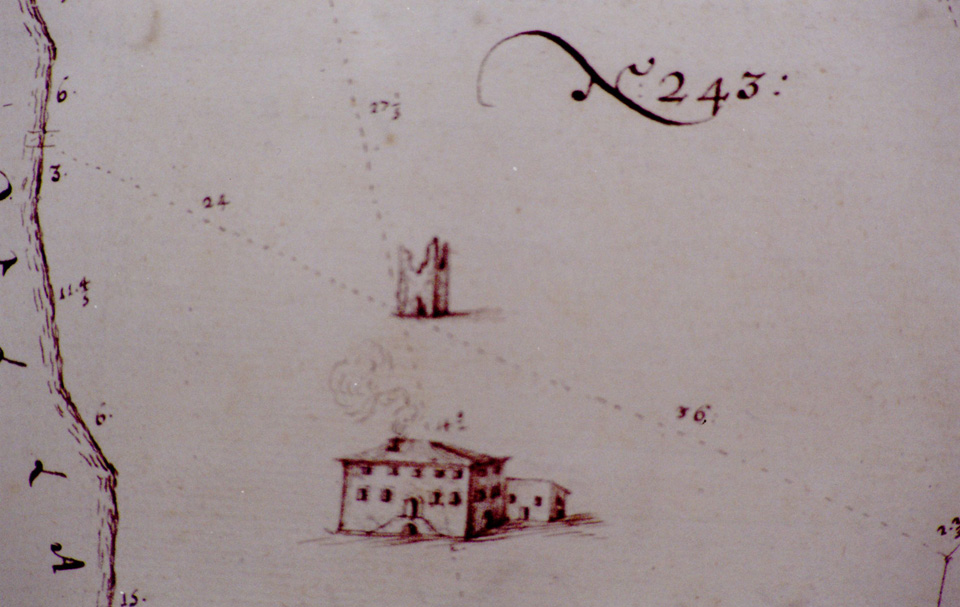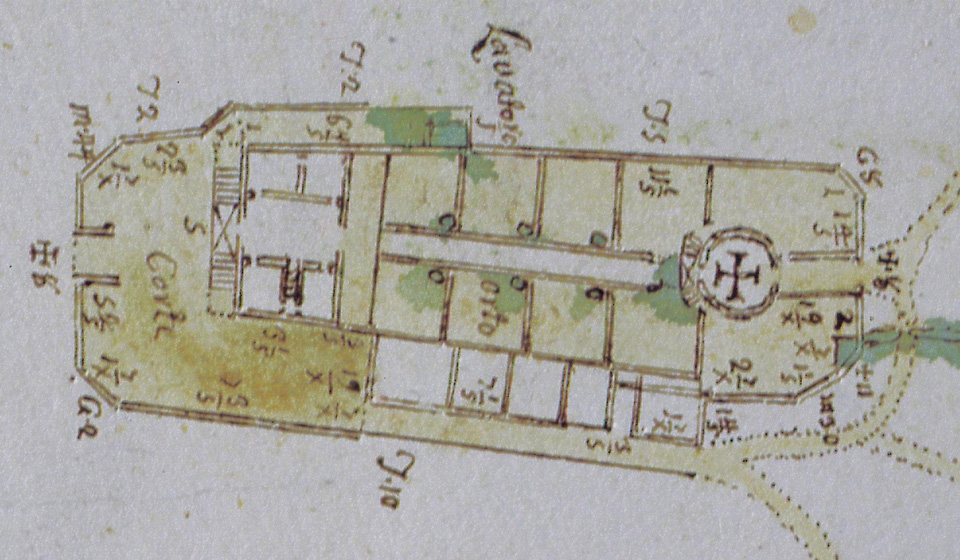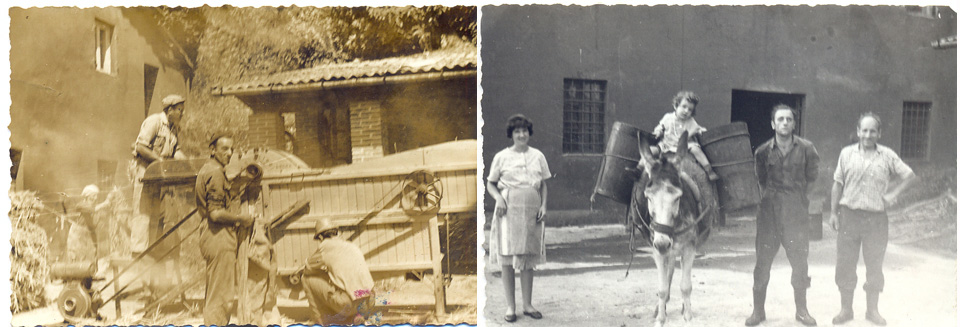STORIA DE LA TORRE
The name comes from the area where the building complex and the farm are situated, namely La Torre,
Municipality of Bagni di Lucca, suburb Fornoli.
The first existing news of this nucleus, the oldest building complex, is kept in the State Archive
of Lucca. In the “Spedale della Misericordia” (Hospital of Mercy) there is a collection of documents
drawn up in 1609 of the “The goods that the Ensign Martino della Lena dal Bagno gave to the Hospital
of Mercy of Lucca”. The description of the property is of “lands of forests with mulberries, olives
and vines and a tower with two brick houses and a brick shed and others that pertain to it”.

The Hospital of Mercy sold the property in the second half of the 17th century; in fact in the “Estimates
and Documents of the Fixed Assets of the Fornoli Municipality district of the Serenissima Republic of Lucca”
drawn up in 1700, a land surveyor and kept in the Historical Archive of the Municipality of Borgo a Mozzano,
the property belongs to Girolamo della Lena da Ponte a Serraglio.
The tower, with a square or rectangular plan, is depicted as a ruin. The description under the drawing states:
“a small construction, covered by tiles and with a garden and fountains and two houses …”
The next document found is “Document of the Fixed assets of the honourable brothers Giacomo and Luigi Trebiliani”
drawn up in 1790 and kept in the State Archive of Lucca in the Trebiliani Donation.
The picture shows the property in particular and in colour the plan of the house adjacent to the garden and a chapel,
probably built on the ruins of the tower.

The description under the picture states: “A piece of land sown with wheat, with vines and fruits, part olives and
part forest, with a constructed house on two floors, with its land, with a cellar and a vat-room with a vegetable
garden and a church above it, with others that pertain to it for the use of the landowners; with another adjoining
house on two floors covered with tiles, with stable and hay-loft for rustic purposes and all that pertains to it
situated in the Fornoli Municipality…” ..
The next information comes from the Historical Register of Landed Property of Borgo a Mozzano, dated 1866, where all
the buildings, which now constitute the complex, are present.
In fact we find three other buildings: the farmer’s house where there are now six apartments, the small greenhouse,
characterised by large windows facing south and the bunker, a small building later used by the Clarke sisters as an
aviary and today it has been renovated and is used as the office and reception of the farm.
In 1918 the property passes for a few months from the Trebiliani family to Pellegrini and Varraud who in turn then
pass it to Francis e Susie Clarke, wealthy sisters from Minnesota (USA).

In the following years the older sister Susie Clarke (who dies in 1932) intervenes heavily on the building complex,
expanding some buildings, building new ones. In this period the property reaches its maximum splendour.
During the second world war the property is confiscated as the owners, Americans, are considered enemies and the
villa is used as a German outpost suffering severe damage, which forces Ms Francis Clarke to claim compensation for
damages when she is given the property back in 1947.
In 1975 it was inherited by the University of Bologna, which used it as a study centre (and named it after the Clarke
sisters), active till the early 90’s.
During this period the buildings underwent further renovation, above all the villa and the stable where there were
laboratories to study some floral pathologies.
In 2001 the property passes at the Tintori family of Bagni di Lucca, now proprietary and with Paolo and Laura manages the farmahouse.
